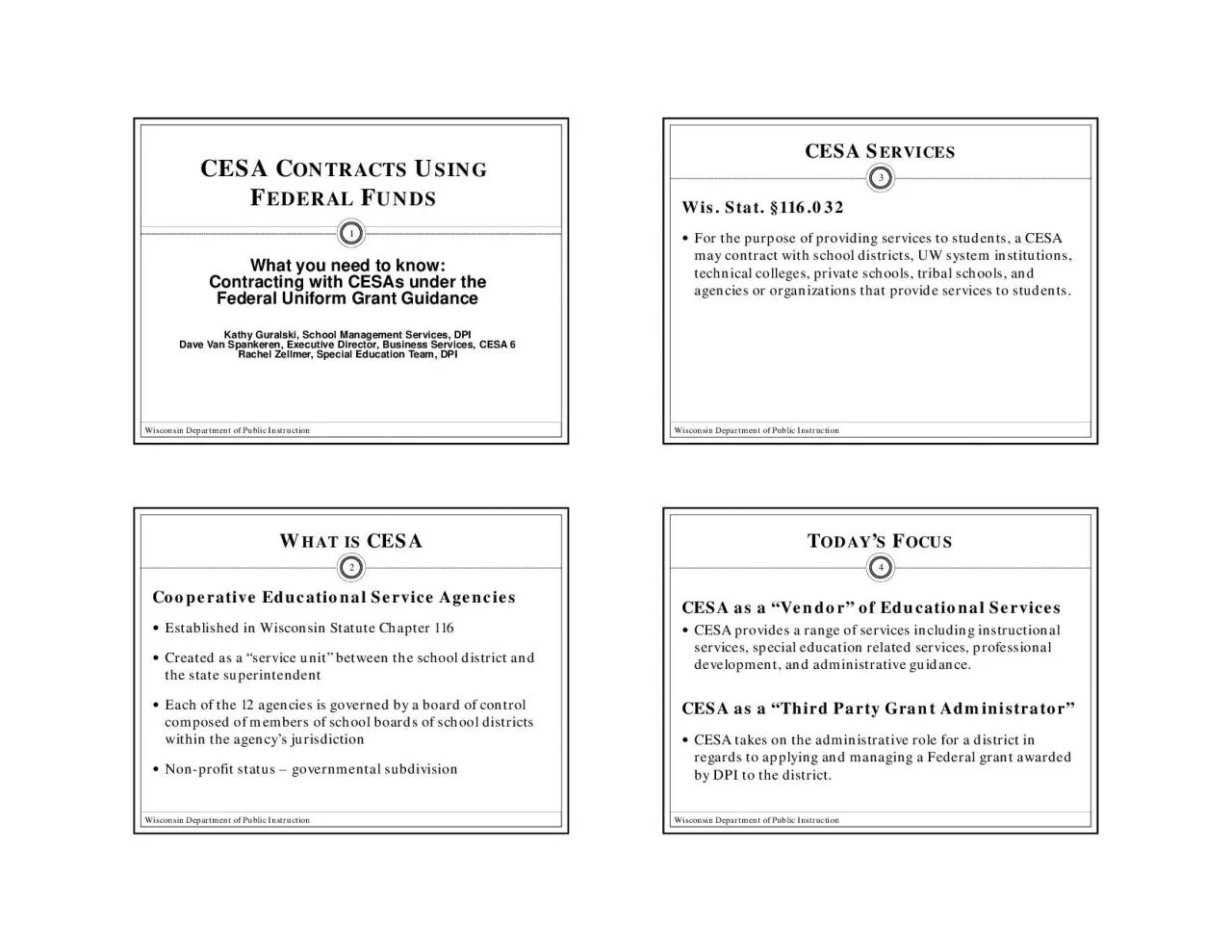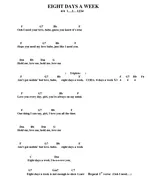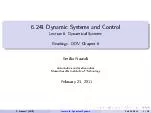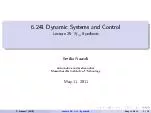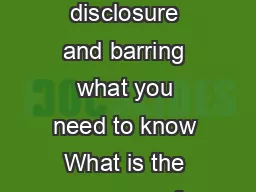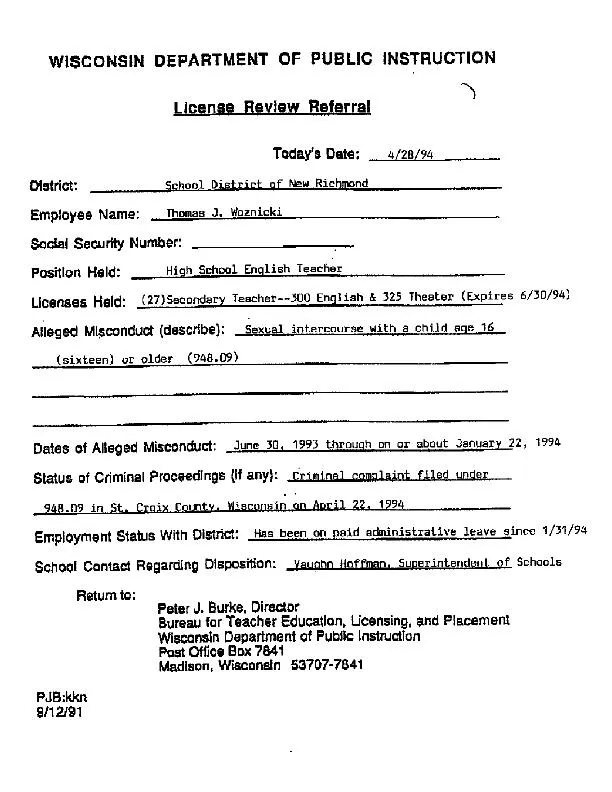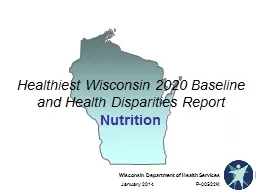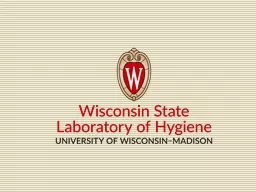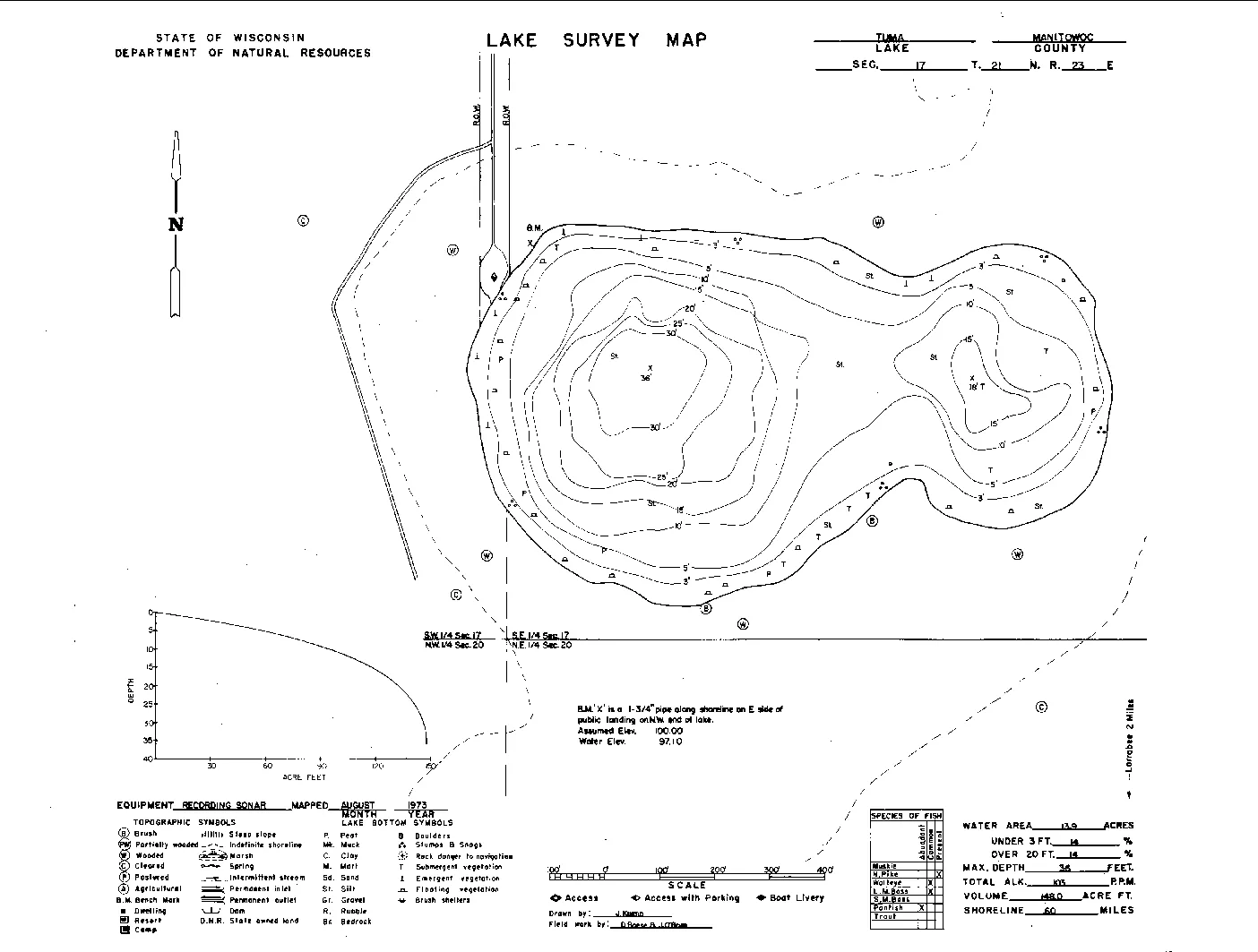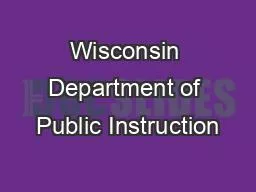PDF-Wisconsin Department of Public InstructionWhat you need to know Contr
Author : quinn | Published Date : 2021-06-12
HATISCooperative Educational Service AgenciesEstablished in Wisconsin Statute Chapter 116Created as a
Presentation Embed Code
Download Presentation
Download Presentation The PPT/PDF document "Wisconsin Department of Public Instructi..." is the property of its rightful owner. Permission is granted to download and print the materials on this website for personal, non-commercial use only, and to display it on your personal computer provided you do not modify the materials and that you retain all copyright notices contained in the materials. By downloading content from our website, you accept the terms of this agreement.
Wisconsin Department of Public InstructionWhat you need to know Contr: Transcript
Download Rules Of Document
"Wisconsin Department of Public InstructionWhat you need to know Contr"The content belongs to its owner. You may download and print it for personal use, without modification, and keep all copyright notices. By downloading, you agree to these terms.
Related Documents

